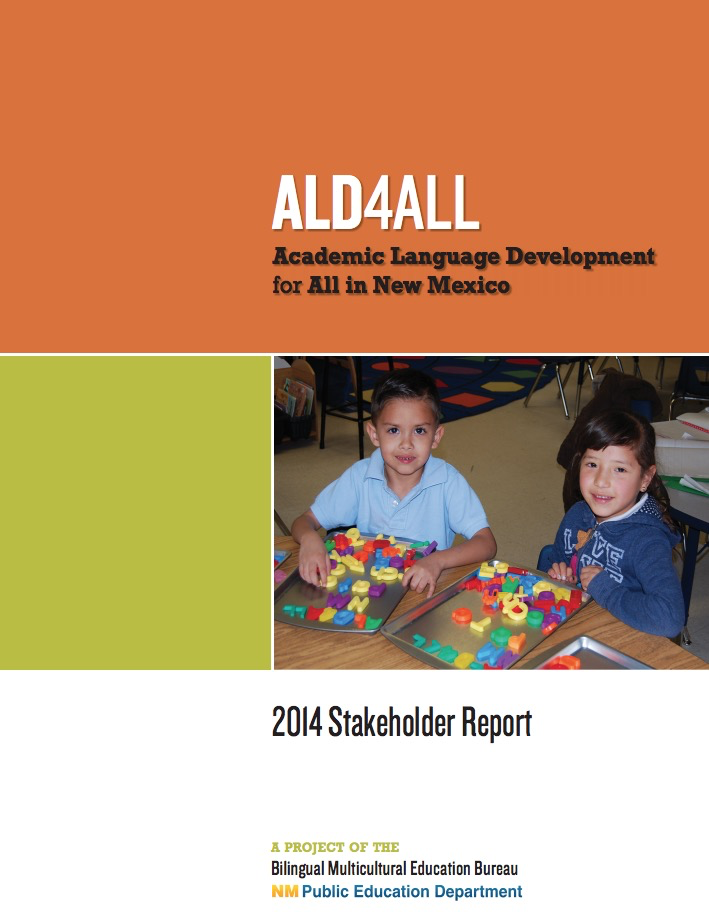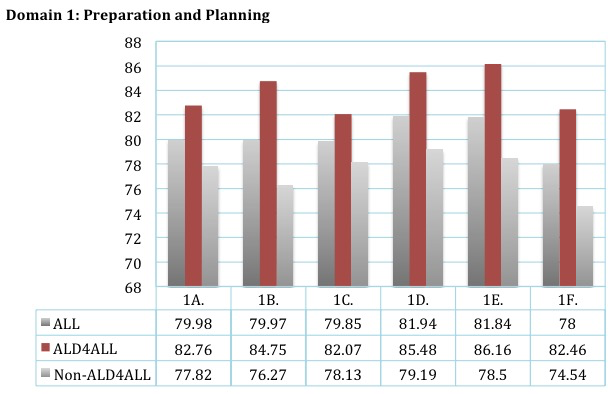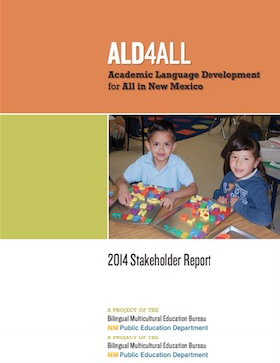Dear Colleagues / Estimados Colegas,
We are offering a new incentive: participants are invited each time they submit an ALD4ALL questionnaire response to submit another entry into the ALD4ALL drawing for ten $25 Amazon Gift Cards to be awarded in early June 2015.
We are requesting all ALD4ALL associated teachers and administrators to submit an end-of-school-year response to the online Teacher Self-Assessment Scales (TSAS). To submit the TSAS questionnaire, please use the online form at ald4all.positivepractices.com/ald4all.html It only takes a few minutes and we only need one response per individual.
Then submit an entry into the drawing at ald4all.positivepractices.com/drawing.html
Want to Double Down?
We would also be most appreciative if you'd submit an ALD4ALL program-wide end-of-school-year evaluation response. This one is just a handful of questions to rate your experience with the ALD4ALL project, and takes about two minutes, max. To submit this response, use the online form at ald4all.positivepractices.com/ald4all-evaluation.html
Then double your odds by submitting another entry into the drawing at ald4all.positivepractices.com/drawing.html
All of your feedback is confidential and very, very helpful to the project. All of the links provided above are available on the front page of the ALD4ALL website at ald4all.positivepractices.com/ Please let me know if you have any questions.
Thanks so much! Joseph
Joseph P. Martinez, Ph.D.
Director of Research and Evaluation
Center for Positive Practices
Santa Fe, NM 87505


